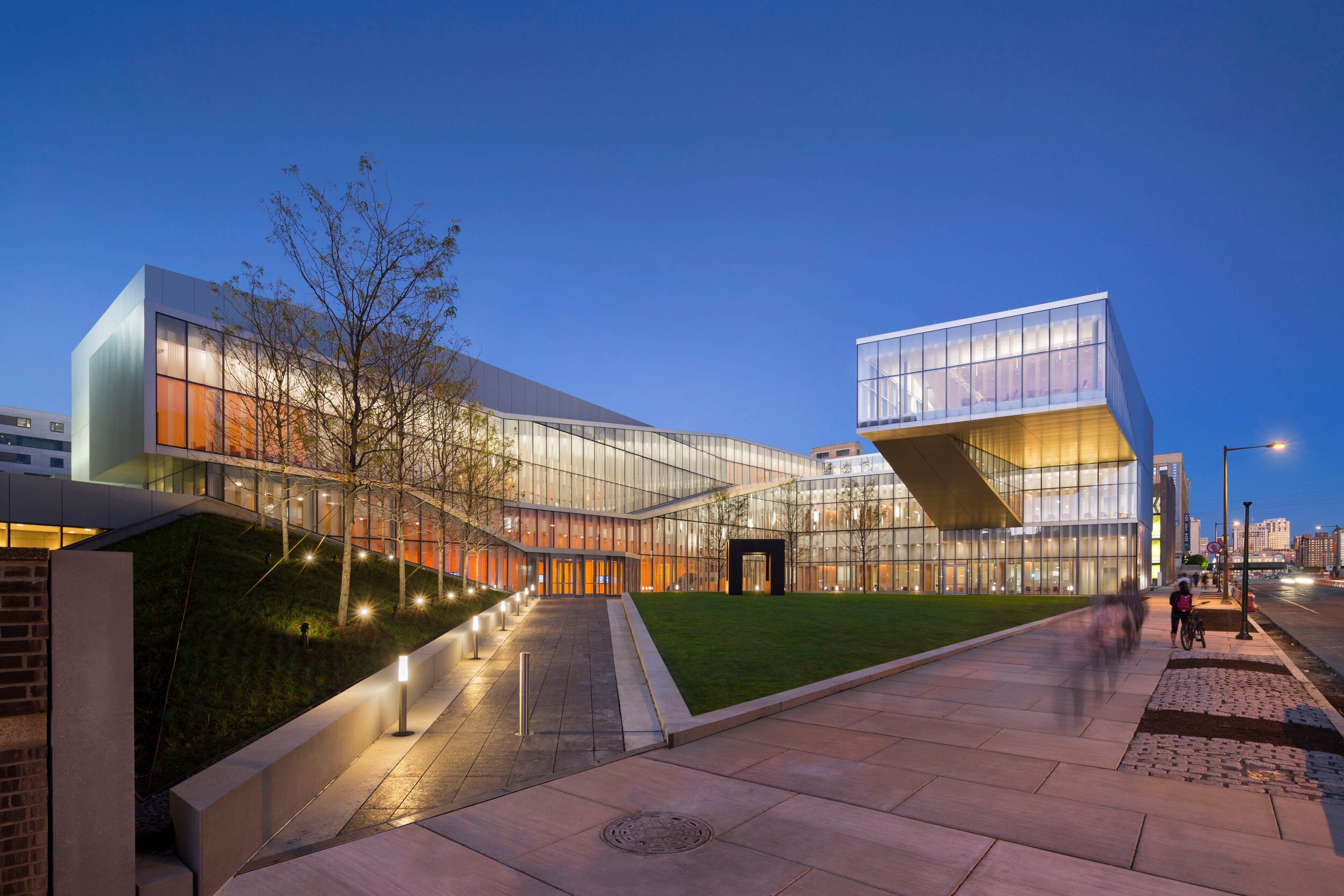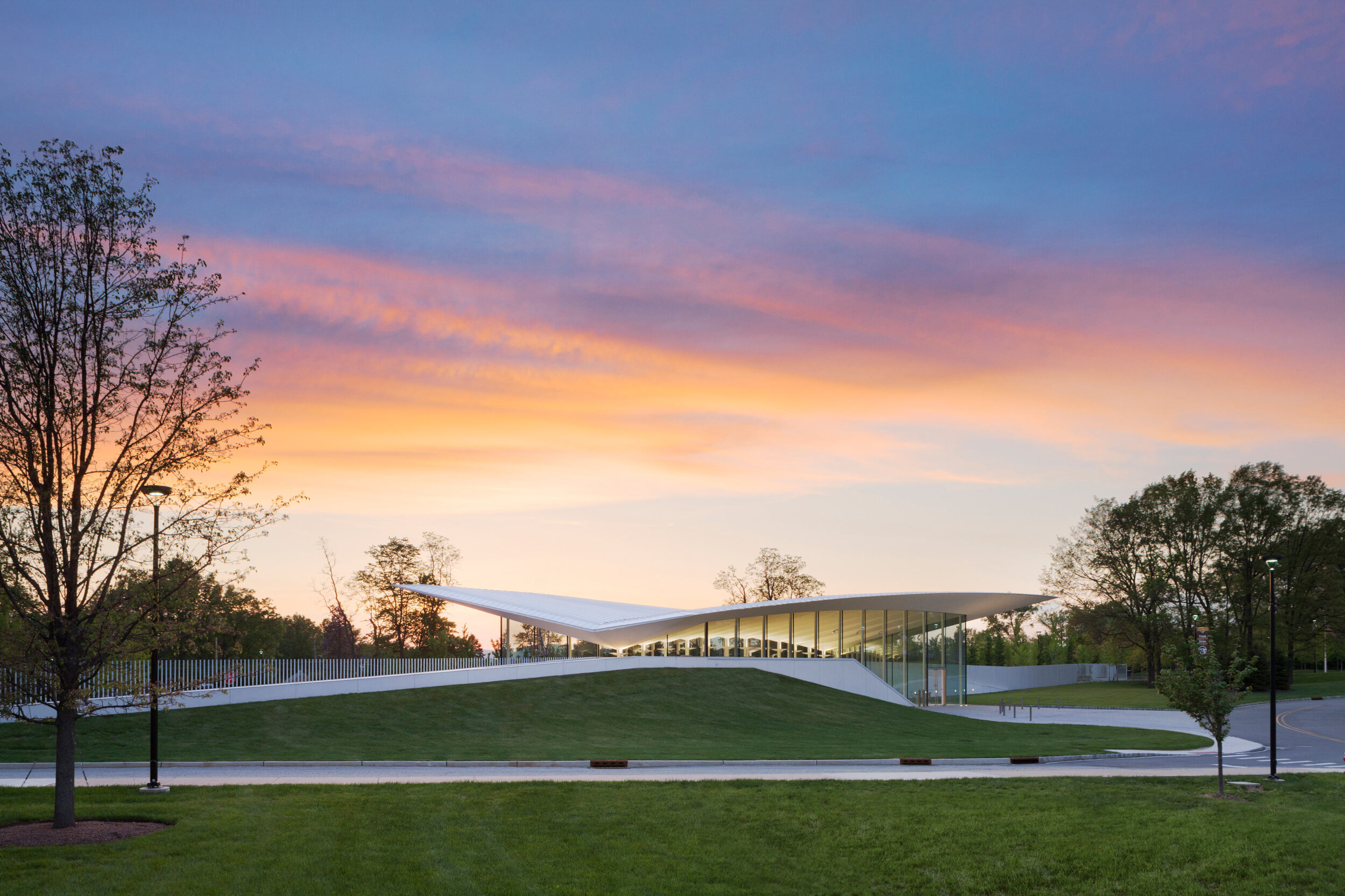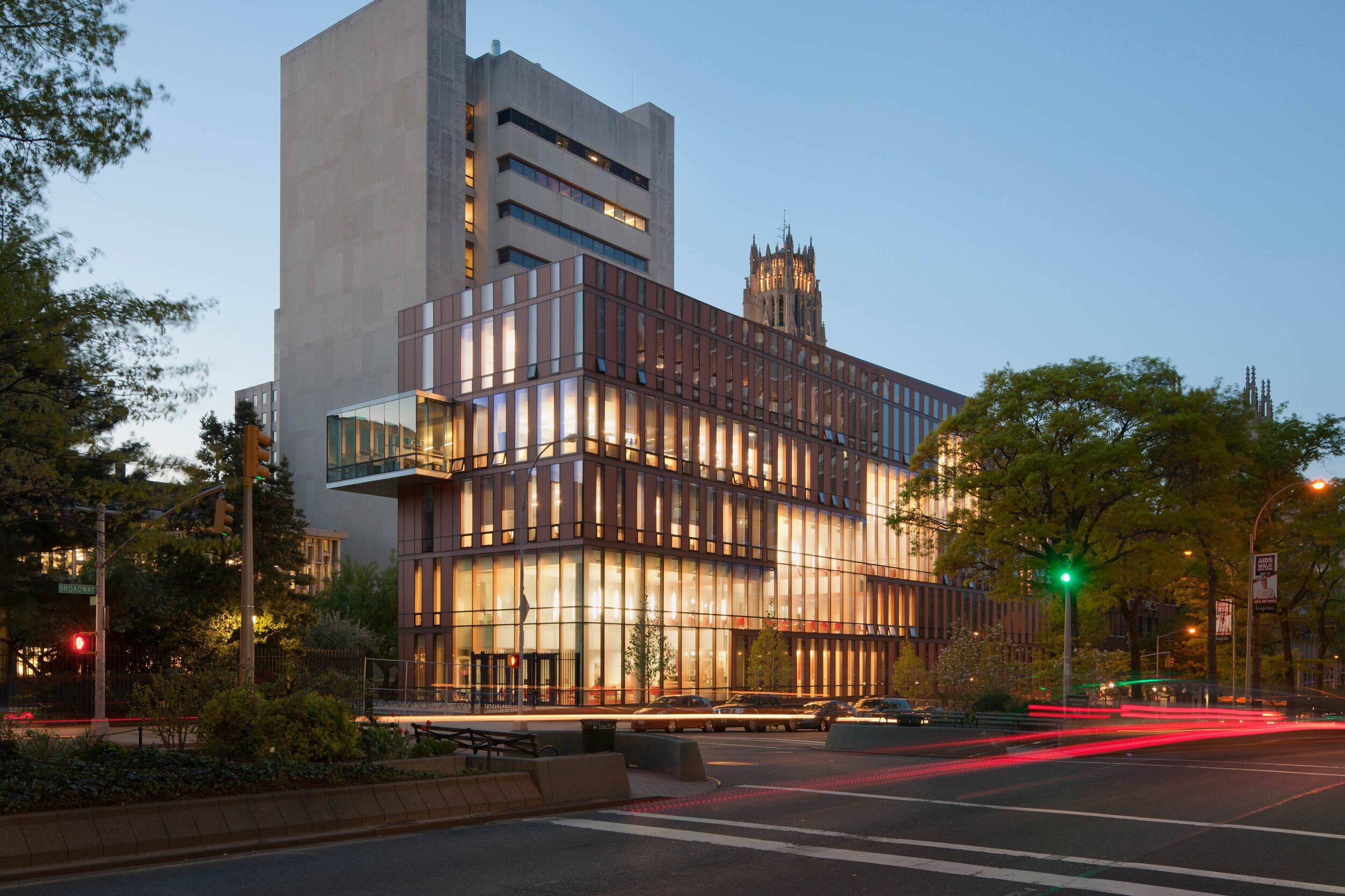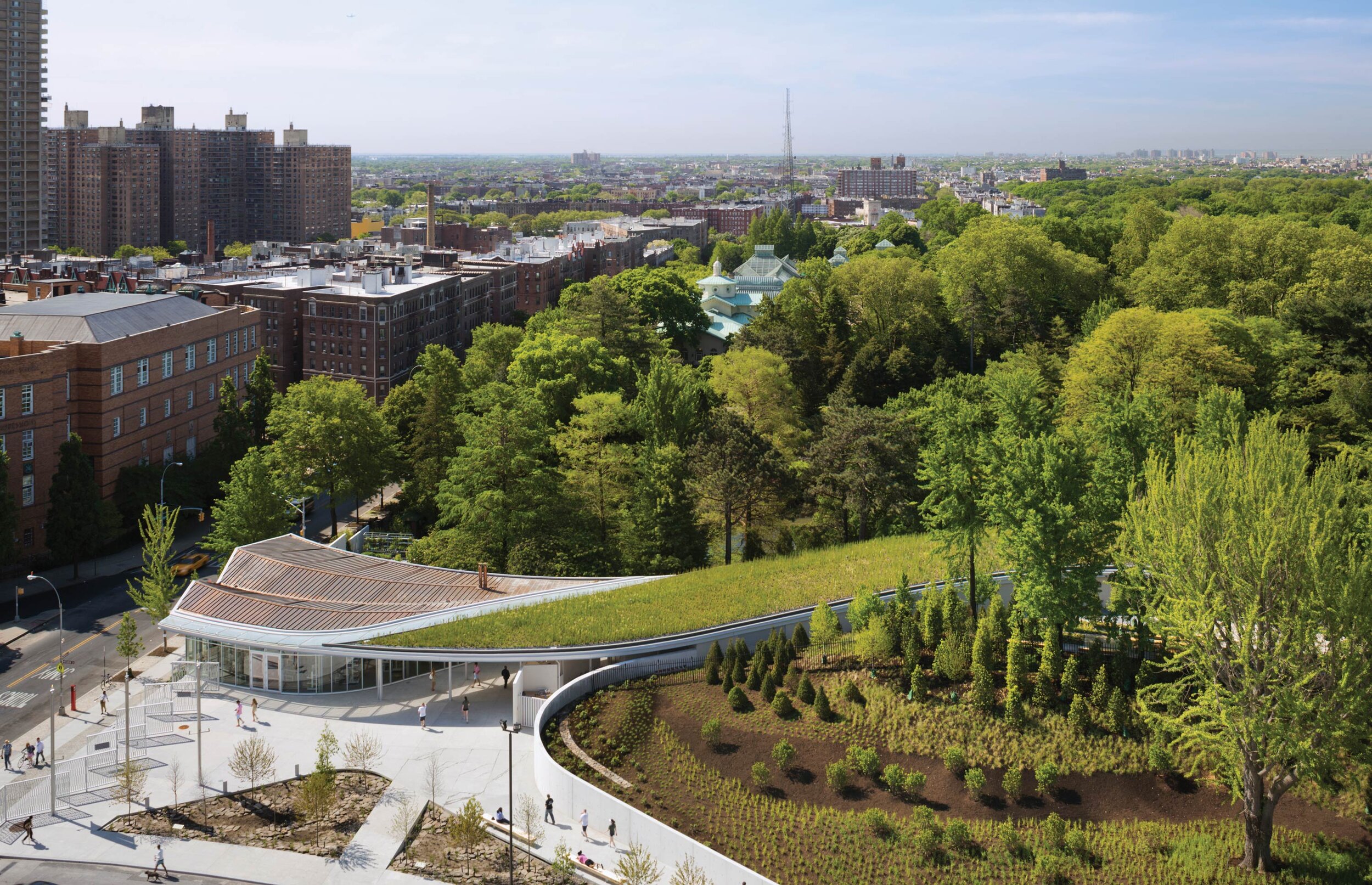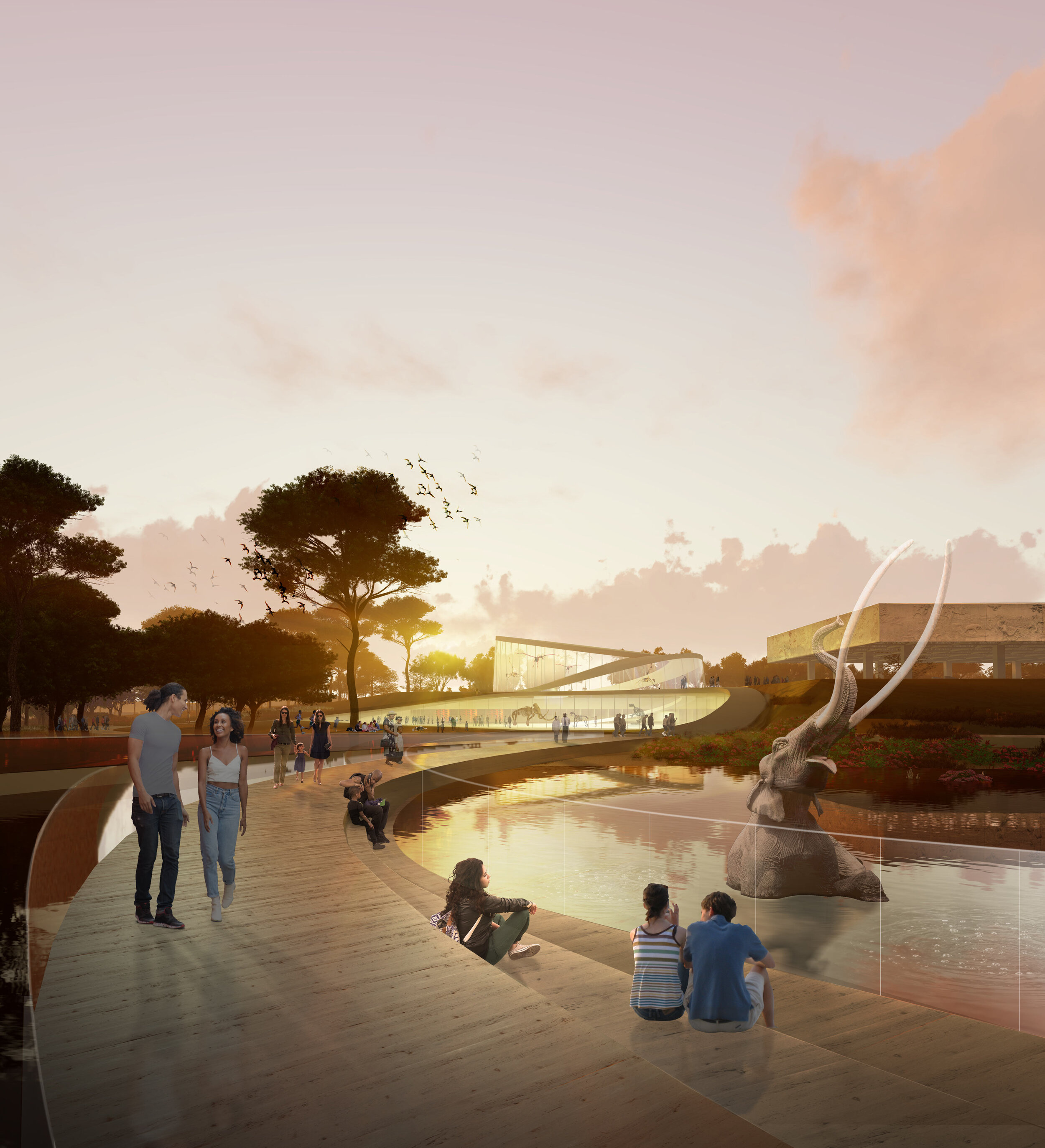#225 - MARION WEISS, Architect
SUMMARY
This week Marion Weiss, Architect and Co-Founder of WEISS / MANFREDI joins David and Marina of FAME Architecture & Design. Marion discusses her childhood interests in the arts, architecture, and landscape design, how her office was formed and its design process, working with clients on large cultural projects, how architecture can have a social impact beyond its physical footprint, and more. Enjoy!
ABOUT MARION
Marion Weiss is co-founder of WEISS/MANFREDI Architecture/Landscape/Urbanism based in New York City and the Graham Chair Professor of Architecture at the University of Pennsylvania. In 2017, Marion was honored by Architectural Record with the Women in Architecture Design Leader Award. Her multidisciplinary firm operates at the nexus of architecture, art, landscape, and urban design. Her firm's Olympic Sculpture Park exemplifies this cross-disciplinary design approach and the project has been recognized internationally through museum exhibitions and design awards. Time Magazine identified the park as one of the top 10 projects in the world, Barcelona's World Architecture Festival selected the project as winner in the Nature Category, I.D. Magazine awarded it the highest Environment Design Award, and it was the first project in North America to win Harvard University's Veronica Rudge Green Prize in Urban Design.
Marion received her Master of Architecture at Yale University and her Bachelor of Science in Architecture from the University of Virginia. At Yale, she won the American Institute of Architects Scholastic Award and the Skidmore, Owings, and Merrill Traveling Fellowship. She has taught design studios at Harvard University, Yale University, Cornell University, and since 1991 has been a faculty member at the University of Pennsylvania's Penn School of Design where she is currently the Graham Chair Professor of Architecture. Marion is a fellow of the American Institute of Architects and a National Academy of Design inductee.
HIGHLIGHTS
TIMESTAMPS
(00:00) Marion Weiss discusses her upbringing and early interest in piano performance, theater, and cross-country running and how she first became interested in landscape design during her runs in high school. Marion also discusses her interest in making dollhouses as a child.
The dolls were a vehicle for these dollhouses. I had seen a publication of Habitat ‘67and was just totally astounded by the idea that all these boxes could be piled together to create different indoor spaces, outdoor spaces, different silhouettes and so I started building a series of boxes, actually using cardboard boxes from the grocery store, cutting them up with a steak knife, covering them with contact paper, designing furniture, you know, turning tomato baskets into bunk beds. All the ad hoc use of one thing, making it another. What was interesting is you could make them a tower one day, you could make courtyards, you could make a courtyard with a tower, you could make them a bridge. They were quite pliable and amazing and each kind of new relationship set up the desire to make new kinds of furnishings and exterior stairs and decks. […] So these were vehicles, they were, in retrospect, proto-vehicles for thinking about form and architecture. And yet they, there was no pressure, but there was an obsession to really turn one thing into another. (05:28)
Architecture school and the profession. Marion talks about revamping her undergraduate projects after graduation.
I knew that I wasn't quite ready to go to graduate school. Among other things, I wanted to redo my portfolio. I was disappointed with what I produced in [undergraduate] school and decided I was going to redo every project I ever did in school and show a before and after. Because I felt like it took the last year of school to pull everything together. And none of the projects quite captured what I would've done had I known more. [For feedback] I had neighbors across the hallway. My parents were really nice. Nobody knew anything about architecture, but I'd just ask anybody… I’d pin up two things and say, which one do you think is better? I just created a form for a conversation. Because it was all happening in my apartment, after work, I could only pin-up on my apartment walls. But it was kind of a fun hobby. There was no pressure. There was no deadline. I had time. (12:55)
(17:37) How WEISS/MANFREDI started.
We grew very organically. I know, after we won the competition, we thought, "Wow. This is fantastic. The phone will ring off the hook." And of course, it was dead silence. We were certainly counting on our teaching incomes and the few folks who we were able to bring on to work on the project. We sublet space from our friend, the graphic designer. We had two desks in the office. At our first Christmas party, I brought my sister so there could be four of us. (29:02)
(31:50) How WEISS / MANFREDI get projects and competition work.
(35:12) Architectural style, process, and how they relate to their work.
For us, it begins with a broad tool chest, if you will, from research model, building, reading, drawing. In a sense, it's a pretty panoramic set of things that we're doing simultaneously and we're also postponing conclusions as long as possible so that it can bear the fruits of all these stray electrons of information of research and intuitive work. […] So is there any technique or thing that we do? I couldn't say that, other than somehow, it's all of it all at once that allows you to kind of pull away all the extra bits and figure out what endures with every exploration as being essential. (35:36)
(40:55) How they create architecture that is responsive to its site, but also distinctive.
The idea of form has to have agency at multiple levels. I think we actually believe that architecture should have some legibility and the agency of form is a powerful one because it, in many ways, identifies the significance of a building, the invitation of it, its silhouette, its arrival on a site and yet I think what we're very interested in is that lateral terrain, that open-ended question about where the project stops and starts. We tend to find ourselves actually moving beyond the project boundary sometimes to make sense of a site and to make sense of a building on that site. So we often give as much measure and architecture, if you will, to the site, as we do to the building itself, which is why its legibility in some ways almost emerges like a series of waves welling up into something that finally has some super legibility at the moment where the program is really central to the brief. (40:55)
(43:15) Would WEISS/MANFREDI be interested in designing a tower or a super-tall.
(52:08) (01:10:58) The challenges with large buildings, physical models, and working with clients.
(55:49) The differences between architecture, landscape architecture, and urban design.
(01:02:30) The most rewarding part of being an architect, how her view of educational buildings has changed since COVID-19, and why efficiency in design is not always the best.
I think the most rewarding part of it is the moment when it's realized, and it's no longer yours and completely used by people in ways you never expected. I mean, that's... that's as good as it gets. (01:02:30)
(01:10:58) The most important mindset an architect must have.
(01:20:43) The future of architecture and what is the greatest challenge it faces.
One of the biggest challenges I see is that there is an increasing desire to consolidate risk by institutions who are now leaning towards project delivery typologies that are biased towards building first and thinking about design second, because it minimizes risk and the desire to put the designer under contract to the contractor is something that many institutions are looking at as a way to mitigate their risk and consolidate their obligations of communication. I do think that there can be some fantastic outcomes from this if you've got the right client and the right contractor, but the diminishment of the appreciation of the benefit that design offers I think is a little bit of a risk as people become fearful about their resources.
So that's one, I think the other is that the enormous ventilation of media that are showing one extraordinary vision after another has created almost a numbing of what's excellent and what's interesting because there's so much of it around us. So I think that sometimes the focus of concentration that we all need to bring to our work so that we don't repeat the things that are in our peripheral view... That the level of distraction is greater than ever. (01:20:43)
(01:32:36) The value of design.
You could spend 30% less and with good design, do something that's 200% better. Yet I think there's a lot of, if you will, inexperience to understand the value of what that might be, and that's something that maybe our field needs to do a lot better work at conveying that value. And that value is not just tied to the style or the expression of something, but its true value in terms of the insight that designers can bring to the addressing of the questions, the addressing of the complexity, and reducing the complexity at some times and answering fewer questions to be able to do something better. (01:32:36)









